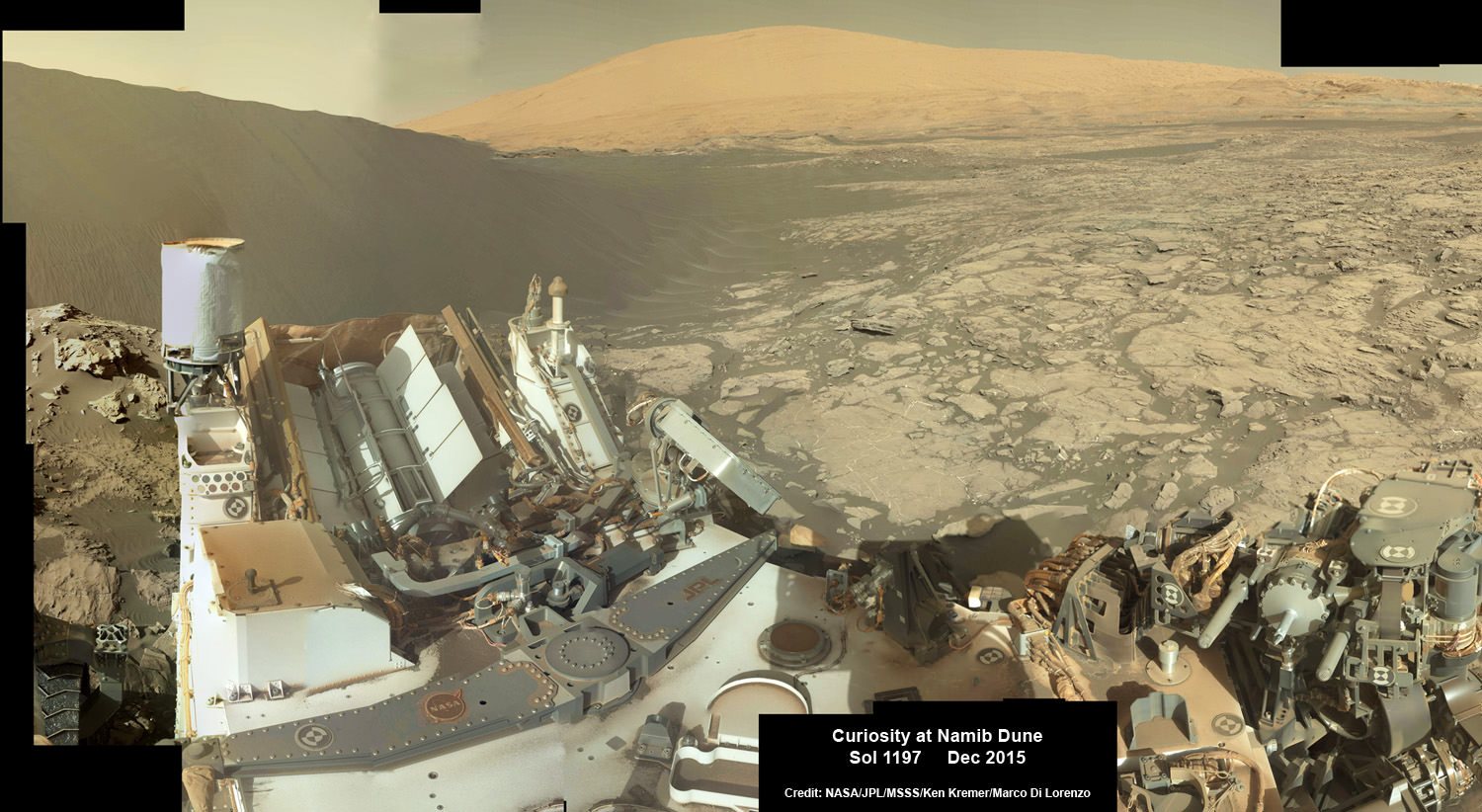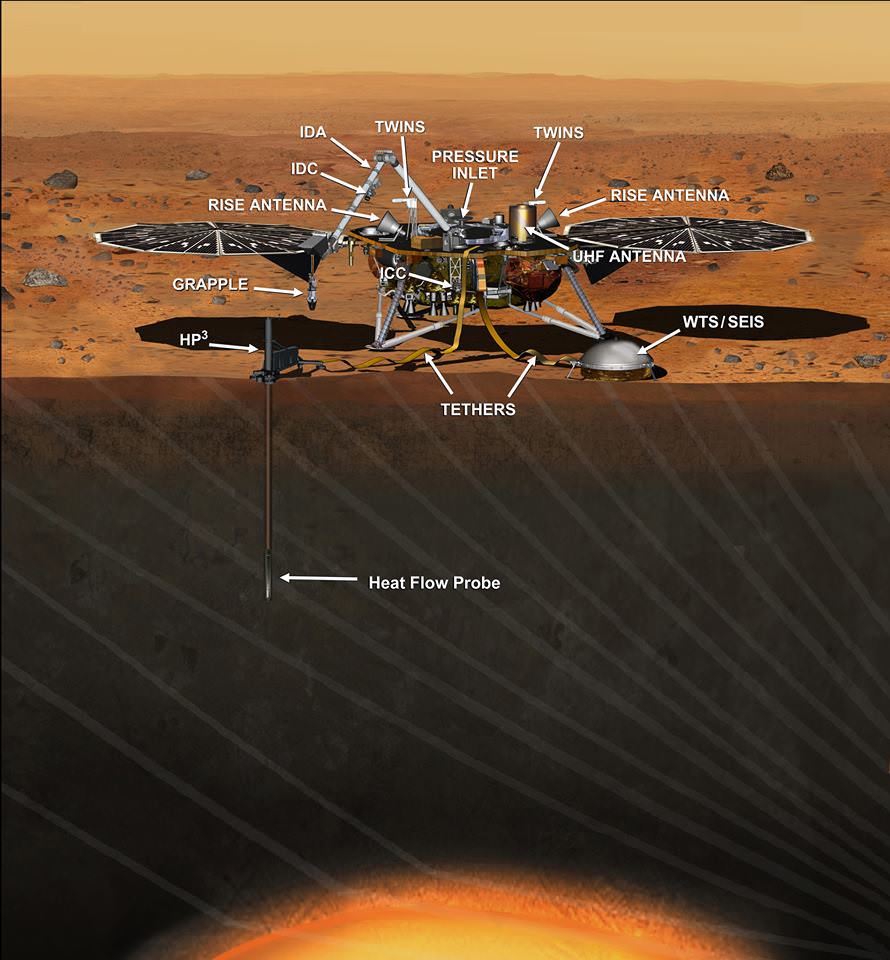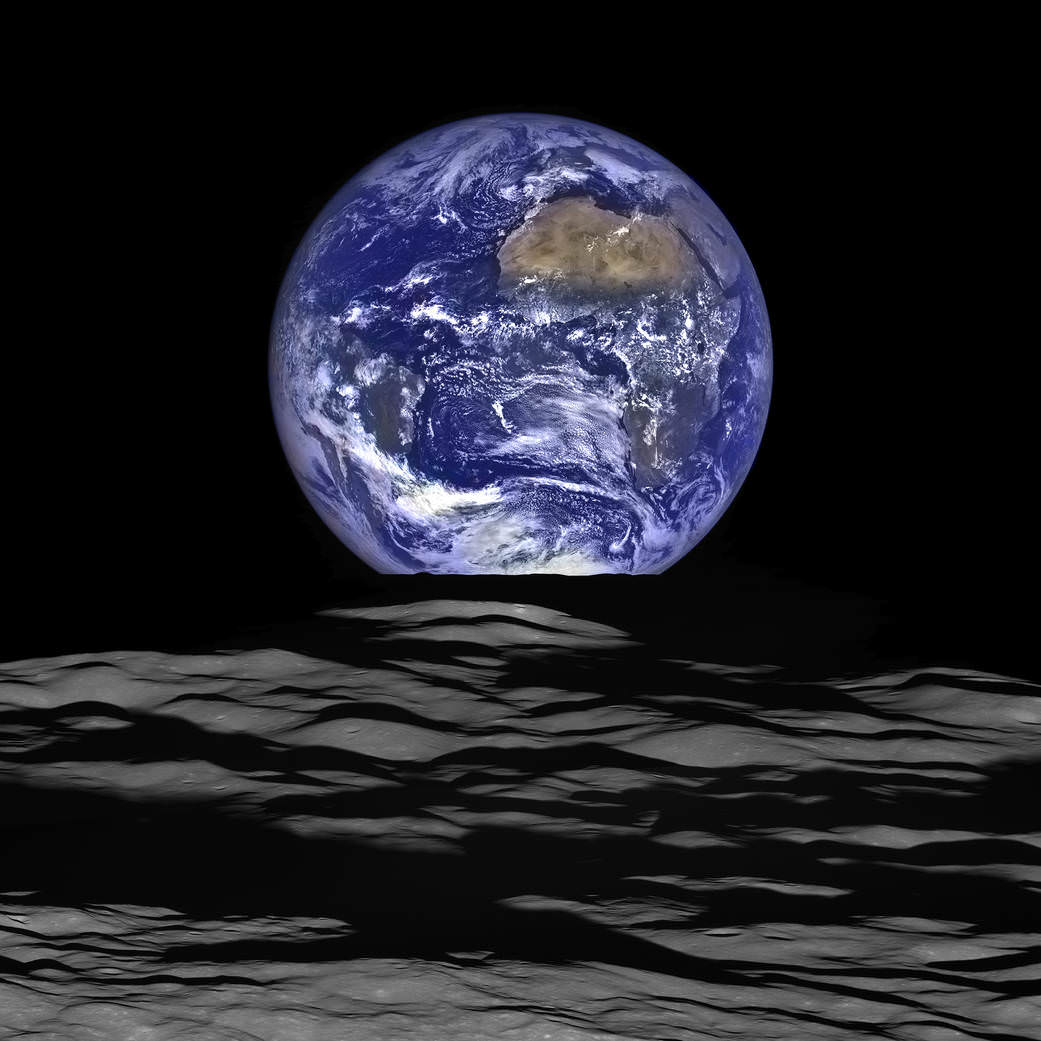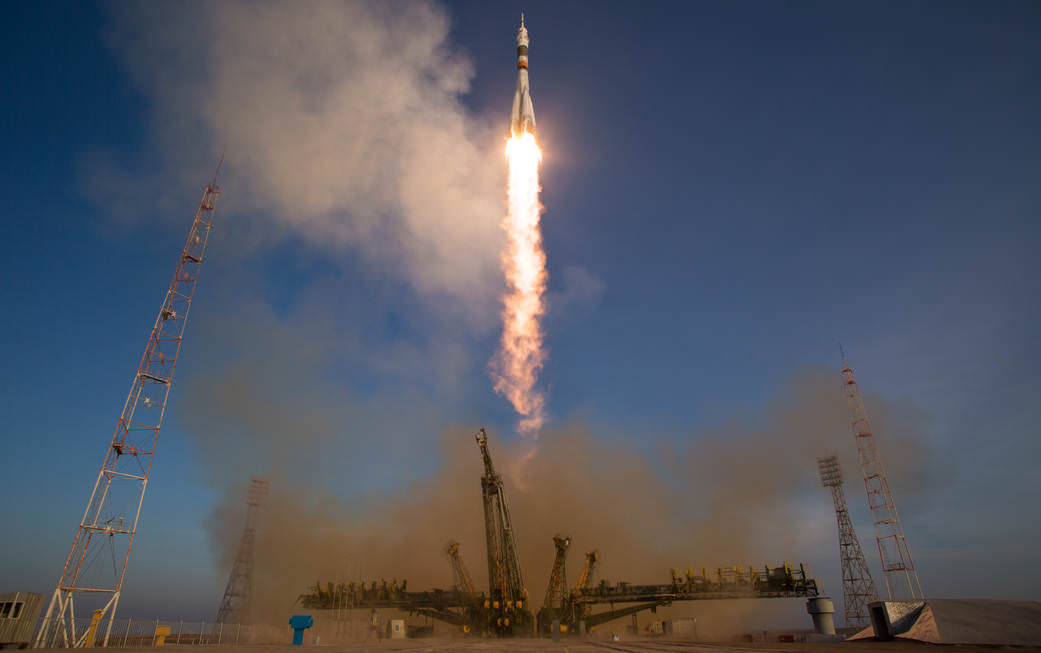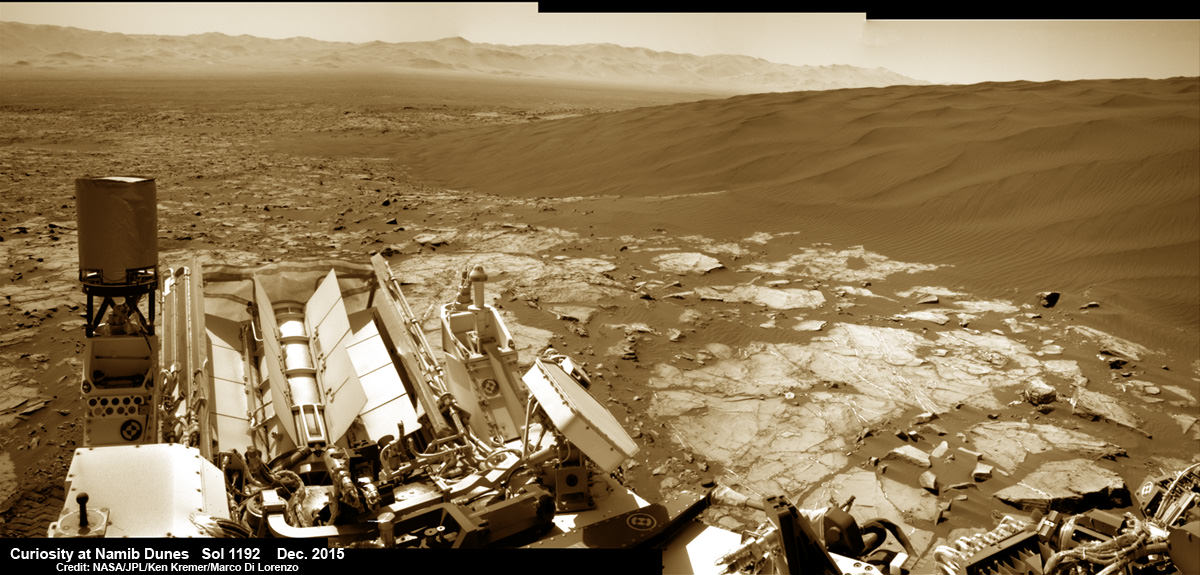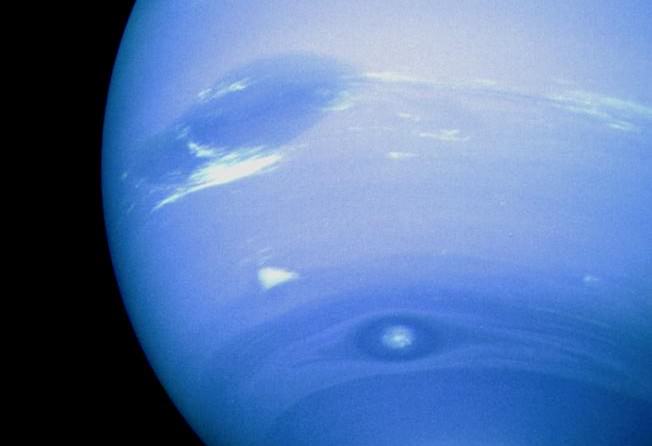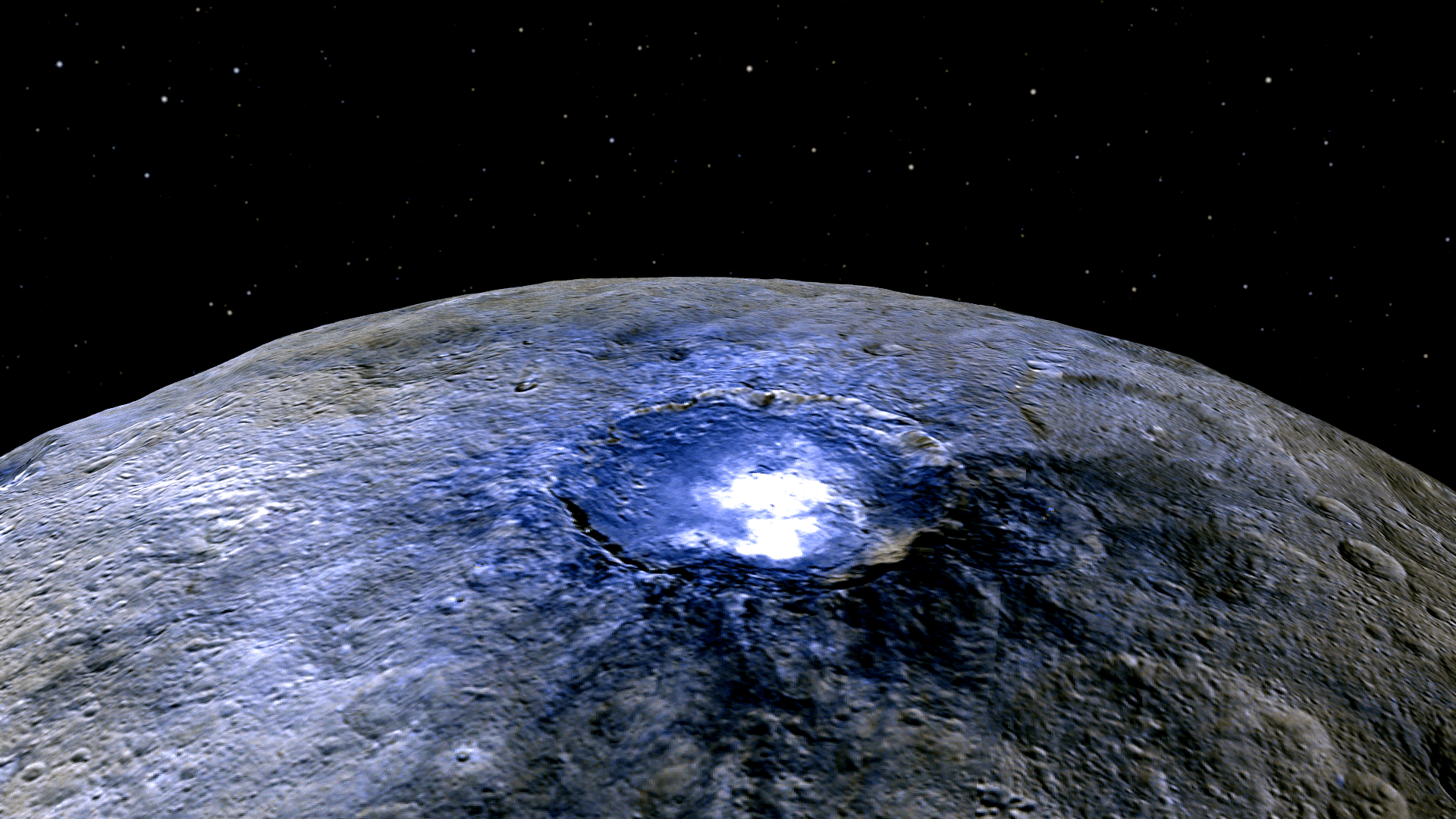Just in time for the holidays, NASA’s Curiosity rover is celebrating Christmas 2015 at a Red Planet Paradise – spectacular “Namib Dune.” And she marked the occasion by snapping her first ever color self-portrait with the mast mounted high resolution Mastcam 34 mm camera.
Heretofore Curiosity has taken color self portraits with the MAHLI camera mounted at the end of the 7-foot-long (2-meter-long) robotic arm, and black and white self portraits with the mast mounted navcam camera. Continue reading “Curiosity Celebrates Christmas at Red Planet Paradise at Namib Dune with 1st Mastcam Self-portrait”

